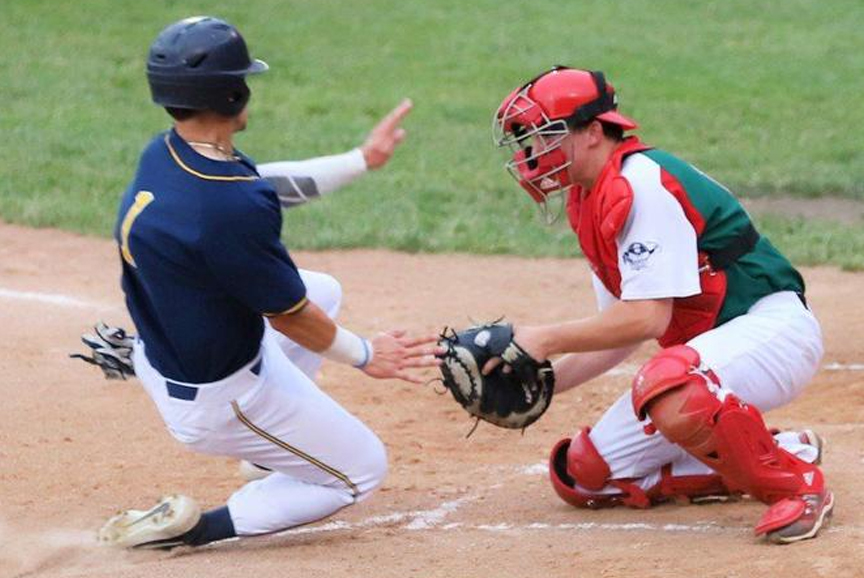In baseball, safety should always be a top priority, especially for 2nd basemen who are often involved in plays around the base and may face the risk of collisions. Defensive awareness and taking proactive measures can significantly reduce the likelihood of injuries. Here are essential tips for 2nd basemen to stay safe on the field:
1. Know Your Surroundings
- Stay Alert: Maintain constant awareness of the game situation. This includes the number of outs, baserunner speed, and the location of other fielders.
- Communication: Communicate with your teammates, especially with the shortstop covering 2nd base during double plays. Clear and concise communication can prevent collisions.
2. Proper Positioning
- Positioning for Double Plays: When turning a double play, position yourself to the side of the base, not directly on top of it. This allows you to avoid incoming baserunners and make a safe pivot.
- Positioning for Throws: When receiving throws from outfielders or other infielders, be aware of where you stand in relation to the base and the path of the runner. Position yourself to avoid contact while keeping your foot on the bag.
3. Slide Avoidance

- Slide Awareness: Recognize when a baserunner is sliding into 2nd base. Prepare for a potential slide by staying low and keeping your feet clear of the sliding path.
- Tag Techniques: Learn how to apply tags effectively without exposing yourself to unnecessary risks. Tags can be applied quickly and efficiently without lunging or reaching.
4. Quick Release
- Swift Pivot: During double plays, work on a quick pivot to release the ball as soon as possible. Reducing the time you spend in the baserunner’s path lowers the risk of collisions.
- Reliable Throws: Make strong, accurate throws to your teammates to minimize the need for baserunners to slide aggressively into 2nd base.
5. Protective Gear
- Sliding Shorts: Consider wearing sliding shorts with padding to protect your thighs and hips during potential collisions.
- Helmet: In some leagues, 2nd basemen choose to wear a helmet with a facemask for added protection against accidental collisions.
6. Communicate with Your Shortstop
- Coordinated Signals: Develop a system of signals or verbal cues with your shortstop. Clearly indicate when you will cover the base and when they should handle the throw.
7. Stay Low and Balanced
- Low Center of Gravity: Maintain a low, balanced stance when receiving throws at 2nd base. This allows for greater stability and agility to move out of harm’s way if necessary.
8. Proper Conditioning
- Strength and Flexibility: Regularly engage in strength and flexibility training to improve your agility and endurance on the field. Strong, flexible muscles can help you move efficiently and avoid injuries.
9. Communication with Coaches

- Safety Plan: Discuss safety plans and defensive strategies with your coach. Ensure that everyone on the team understands their roles and responsibilities during plays at 2nd base.
10. Seek Professional Coaching
- Proper Techniques: Work with a qualified baseball coach to refine your defensive techniques and safe positioning during plays at 2nd base.
Remember that while playing 2nd base, your safety and well-being should be a priority. By staying alert, maintaining proper positioning, communicating effectively with teammates, and focusing on injury prevention, you can enjoy the game of baseball while minimizing the risks associated with your position. Safe play not only protects you but also contributes to the overall enjoyment and success of your team.
